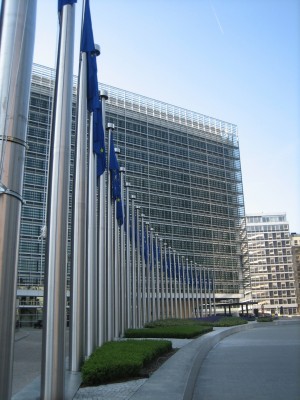Convincing people that dropping prices put them in harm’s way is a marketing bête noire on a par with electing a diehard intellectual to the office of president.
But politicians and their financiers have managed just that. Perceiving deflation through the prism of an unmitigated disaster is today as unassailable as motherhood. Over the course of the past week, three different media outlets asked three INESS analysts to give their take on the “perils” of falling prices for the European economy. It just so happens that seeing as the buzz words “deflationary spiral” were missing, not a single mention of the positive effects deflation can have went to print.
Sliding prices can have various causes that are well worth being distinguished between when giving the little rascals a thorough tongue lashing. For instance, it could be that growth in productivity was taking place. This sort of deflation is a natural and welcome phenomenon. It was during deflationary times that the industrial revolution was shaping up as prices went down between 1775 and 1913 on a practically bi-yearly basis. Yet another cause for the general price level to be on the wane is a shift to the left in the money supply. Either due to banks going bust or because of a reduction in the government’s debt. This is, however, the kind of a catch 22 inescapably inherent in bad monopolistic state money and a central banker’s nightmare. Deflationary depression is an inflation-induced foolhardy bubbly optimism’s Siamese twin. If we’re up for the ride on the gravy train of expansionary monetary policy, we can’t act surprised when the conductor asks for tickets.
And so, while the inflationary Robin Hood robs from the lender and gives to the borrower, the deflationary Ali Baba robs from the borrower and gives to the lender. This is why a price decrease is held in universal loathing and acrimoniously opposed by the biggest debtors – states and banks. Central bank is thus willing to try the impossible, on our tap, before succumbing to the deflationary forces. Resurrection of inflationary measures is not the answer though. A succession of two negative economic factors will not result in a positive sign. The vicious cycle needs to be broken. A recipe out of the lurid manic depressive inflation-deflationary roller coaster could be stripping central banks of their discretionary power to manipulate the money supply, ratcheting up the whole commotion.
Juraj Karpiš
INESS



















No comments
Be the first one to leave a comment.